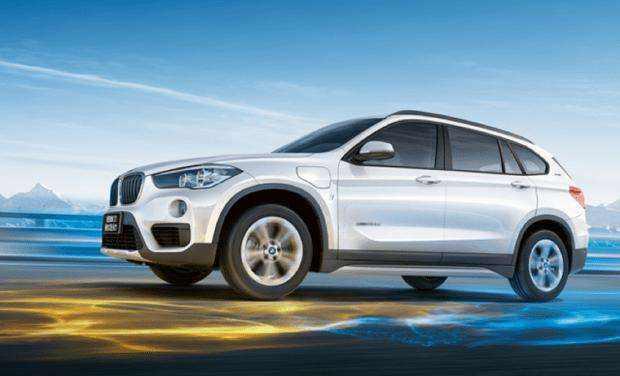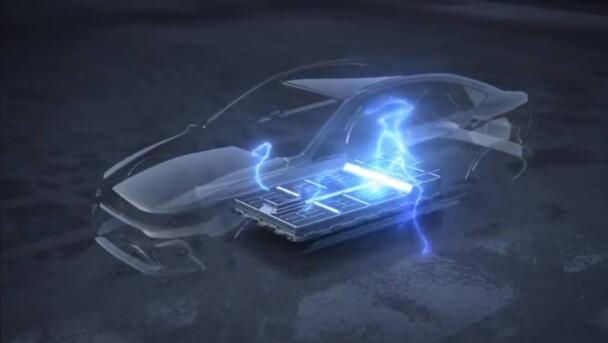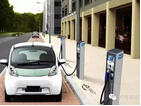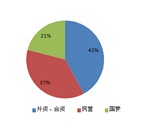The recent release of new regulations on vehicle and vessel taxes has allowed new energy vehicles to receive “dividends”. However, from the perspective of the new energy policy, subsidies are undoubtedly going backwards, and by 2020 subsidies will even fall across the board. After nearly a decade of rapid development, new energy vehicles have entered the post-subsidy era.
Previously, with the dual support of the government and the market, new energy vehicles are flying all the way. According to the electric vehicle resource network, China has sold about 350,000 new energy passenger cars in the first six months of January 2018, a year-on-year increase of 123%. Among them, pure electric vehicles sold 257,265 vehicles, and plug-in hybrid models sold 95,030. The new energy subsidy new policy was officially implemented on June 12, and subsidies gradually declined. In the post-subsidy era, the new energy auto industry wants to maintain steady development, and must do the following.

The subsidy withdrawal should be gradual and progressive, and the policy will drive to market-led
At the beginning of the new energy vehicle, the state and local governments have introduced corresponding subsidy policies, which can alleviate the huge research and development costs and corresponding production costs of new energy-related enterprises in the initial technology and ease the pressure on enterprises. At the same time, it can also drive the market, increase consumer demand for new energy vehicles, and finally drive the development of supporting services such as downstream charging facilities. But nowadays, the development of new energy vehicles is very fast. Nowadays, relying on policy support will only lead to policy dependence. Once weaned, the new energy auto industry will worry about various problems. Related companies are worried about rising costs, rising car prices and losing customers; consumers are worried that car prices are rising and they are unable to buy. Therefore, subsidy withdrawal should be carried out step by step.
The development of most industries shows that the state intervenes in the industry through policy means, and the initial stage is conducive to the rapid growth and development of the industry, but by the end of its development, it should be driven by policy to market. For the new energy automobile industry, blind subsidies are easy to give birth to some speculative and drowning fishermen. The government dividend is the foundation of the company's profit, which affects the normal development of the market. The photovoltaic industry is a forerunner. Therefore, subsidies will fall back in time, slowly withdraw, and return the dominant power to the market, which is conducive to the long-term development of the industry.

Eliminate local government protection barriers and build a fair and harmonious market
The local protection of new energy vehicles has been a long-standing source, almost accompanied by the common development of the new energy automobile industry. The electric vehicle resource network learned that some local governments only buy new energy vehicles produced by local car companies in order to prevent capital outflows. In order to ensure the development of local car companies, new standards for local and foreign new energy vehicles are established. The local government will formulate the promotion catalogue according to the technical capabilities and technical choices of the local new energy vehicle enterprises or directly require the products of the local enterprises to be included in the component composition, thus excluding the foreign automobile enterprises. Or require foreign companies to set up local car sales agencies, or build factories in the local area to increase local employment and taxation.
Only by eliminating the protection barriers of local governments, building a fair and harmonious new energy vehicle market, allowing consumers to have the power to choose independently, so that enterprises can survive the fittest in free competition. Only in this way can new energy vehicles take longer.

Car companies adapt to subsidies "weaning" Learn to self "hematopoietic"
After nearly ten years of rapid development, China's new energy automobile industry has ranked first in the world in sales. According to the sales data of the global new energy passenger vehicle market in the first half of 2018, the electric vehicle resource network summarized the new energy passenger vehicles (including pure electric and plug-in hybrid vehicles) worldwide in the first six months of 2018. The sales volume reached 758,000, and the sales volume of China's new energy passenger vehicles was 355,000, a year-on-year increase of 116.5%. Although China's new energy vehicles are far ahead in terms of sales volume, in the post-subsidy era, the quality of products is still an important criterion for companies to gain a foothold. After subsidizing “weaning”, enterprises should learn to “hematopoietic”, break the dependence of absolute subsidies, and learn to use high-quality products to drive the market. Only by strengthening its internal strength, using advanced technology to create high-quality products, and letting the market achieve the screening and elimination of enterprises, the new energy automobile industry can move toward a virtuous circle.
As an industry that can achieve “curve overtaking”, new energy vehicles are very important to China. The government will let go of the market and return the market to the market; enterprises learn to self-hematopoietic and produce products that meet market demand, in order to ensure that the new energy vehicle industry will not follow the path of the photovoltaic industry, and move forward steadily.
















 RCCN WeChat QrCode
RCCN WeChat QrCode Mobile WebSite
Mobile WebSite







